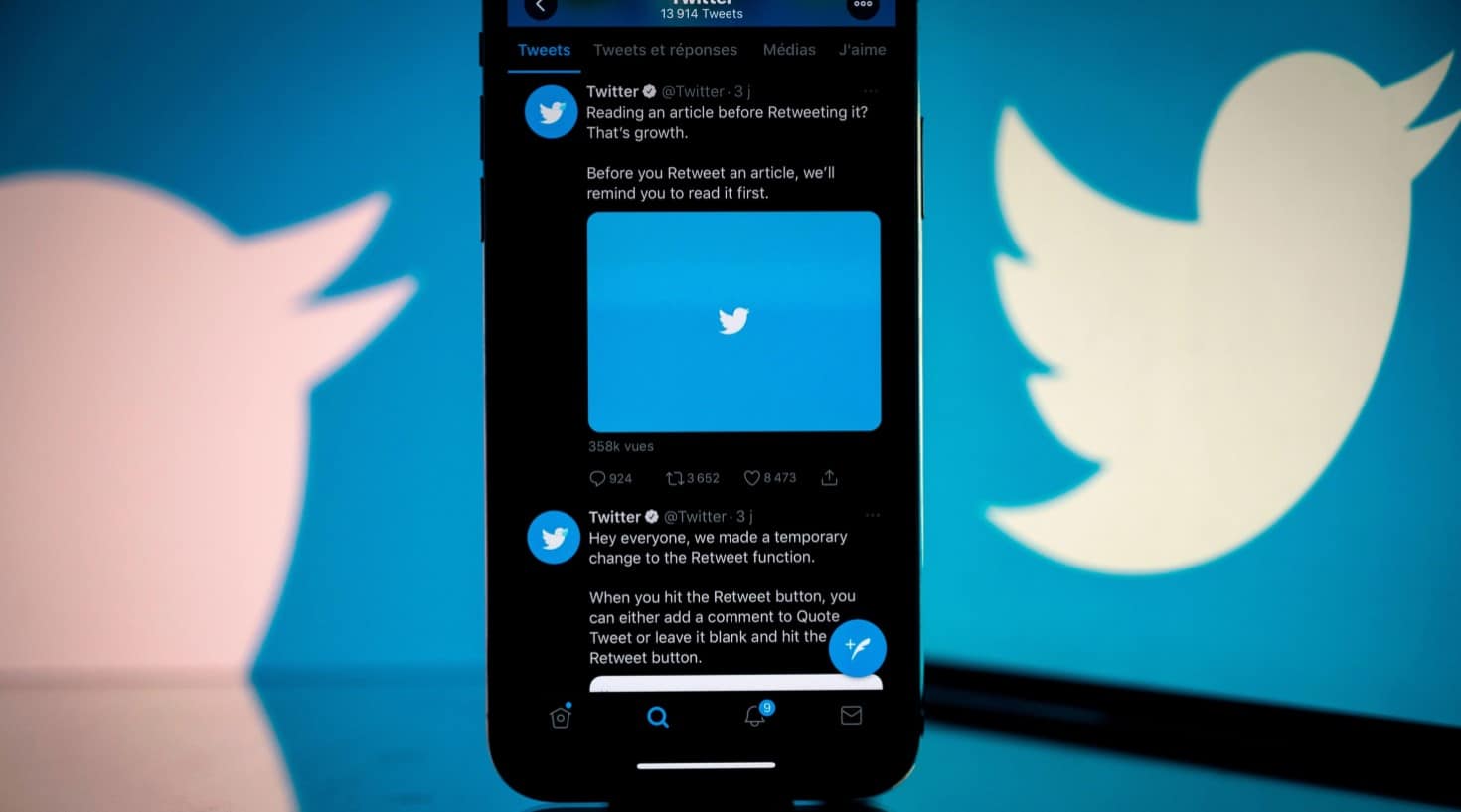A few days after it released some new design changes meant to make it more accessible, Twitter is going back to the drawing board, and for a very good reason. The design choices were literally hurting some users’ eyes and giving them headaches.
Twitter on Friday announced that it was making changes to the contrast on its new buttons to accommodate people with sensory sensitivities. The company has received various complaints from users about how the new design choices—which include its new Chirp font, high contrast colors and buttons, fewer gray backgrounds, and less divider lines—have impacted them over the past couple of days.
One autistic user told the company that removing the divider lines and making its colors and buttons high contrast made the site “extremely uncomfortable.”
“As an autistic person, removing lines and shifting to high-contrast makes using the site extremely uncomfortable now,” Twitter user @MxKelsieSkye said. “Also the font appears fine when I look closely, but for some reason it’s making my vision blurry the longer I use the site. This is a bad beta I hope.”
Another user said he could not read the Chirp font at all and didn’t know what he would do when his phone updated the app with the new design. Others stated they had medical conditions and now couldn’t read Twitter without getting a headache.
“The new typeface worsens my astigmatism. I cannot read without having a headache. My systems typeface is tailored for my eyesight,” Twitter user @_psot wrote.
Earlier in the week, the company asked users to let it know if they were experiencing headaches, migraines, or eye strain due to its new font. At that time, Twitter also acknowledged that it was experiencing some display bugs and was working to resolve them.
The company has maintained that is listening to user feedback about the design updates and tracking comments.
“We’re making contrast changes on all buttons to make them easier on the eyes because you told us the new look is uncomfortable for people with sensory sensitivities. We’re listening and iterating,” Twitter said via its Twitter Accessibility account on Friday.
Alex Haagaard, founding member of the Disabled List, pointed out that Twitter’s new design changes are an example that accessibility is not one-size-fits-all. In fact, as TechCrunch notes, experts state that customization, such as allowing users to change the contrast and font to suit their needs, is the best way to make websites accessible.
“This is a great example of how some access needs routinely get centered over others within ‘accessible’ processes!” Haagaard said. “High contrast is notoriously NOT accessible for many photosensitive & chronically pained folks.”
Gizmodo reached out to Twitter for additional comment on its announcement to make design changes on Saturday, but we did not receive a response by the time of publication. We’ll make sure to update this blog if we hear back.
In a statement to TechCrunch, Twitter said that it had sought feedback from people with disabilities throughout the process of creating a new design.
“However, people have different preferences and needs and we will continue to track feedback and refine the experience,” the company said. “We realize we could get more feedback in the future and we’ll work to do that.”

